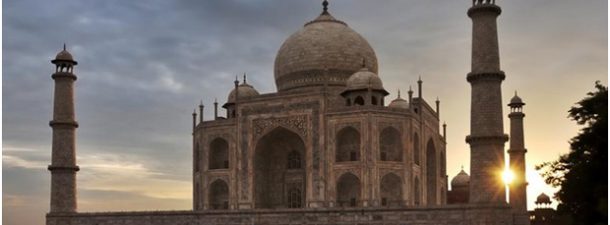ASI blames tourists’ ‘dirty socks’
- When ASI’s counsel contended that algae on the monument was a cause of concern, the SC shot back asking ‘can algae fly?’ and how can algae ‘reach the top of the structure’
- On insect infection, the ASI blamed the stagnation of water of river Yamuna, particularly after monsoon
- The SC said: “This situation would not have arisen if the ASI would have done its job. We are surprised with the way the ASI is defending itself. Centre has to remove the ASI because they are saying they are doing an excellent job. ASI will have to be thrown out of the picture”
The Archeological Survey of India (ASI) came in for sharp criticism from the Supreme Court of India, which pulled it up for failing to take measures to protect Taj Mahal.
“This situation would not have arisen if the ASI would have done its job. We are surprised with the way the ASI is defending itself. You (Centre) please consider if the ASI is needed there or not,” a Bench headed by Justice Madan B Lokur told Additional Solicitor General ANS Nadkarni, who represented the Centre.
Founded in 1861 during the British Raj, ASI is an organization under the government responsible for archaeological research, conservation and preservation of ancient monuments. It has been assigned the task of maintaining all ancient monuments under the Ancient Monuments and Archaeological Sites and Remains Act.
Concerned over Taj Mahal being infected by insects, the Bench asked the ASI and other authorities to explain the steps taken to prevent it.
The ASI counsel said the problem of insects was due to stagnation of water of the Yamuna. He said the Taj Mahal floor at several places was dirty as many of the tourists didn’t use socks. “We provide socks only to the VIPs, others use their own socks,” he told the Bench.
The ASG told the Bench that the Ministry of Environment and Forests (MoEF) was considering the court’s suggestion to appoint international experts to look into the issue of protection and preservation of Taj Mahal.
Known as one of the Seven Wonders of the World and a UNESCO World Heritage site, the Taj Mahal was built between 1632 and 1653 at Gara by Mughal Emperor Shah Jahan as a tomb for his beloved wife Mumtaz Mahal. She had died in 1631 while giving birth to their 14th child.
The Taj had hit national headlines last year after being dropped from the state government’s tourism booklet. Later, it was mentioned as a place of pride in the Uttar Pradesh Government’s 2018 calendar. Chief Minister Yogi Adityanath – who visited the Taj in March to review tourism schemes – had described the monument as “a priceless gem” and said everyone should be committed to its preservation and protection.
The Bench had earlier asked the Yogi government to place before it a draft of vision document on protection and preservation of Taj Mahal and the environment in the Taj Trapezium Zone — an area of about 10,400 sq km spread over the districts of Agra, Firozabad, Mathura, Hathras and Etah in Uttar Pradesh and Bharatpur in Rajasthan.







No Comments
Comments for Can algae fly, SC raps ASI are now closed.